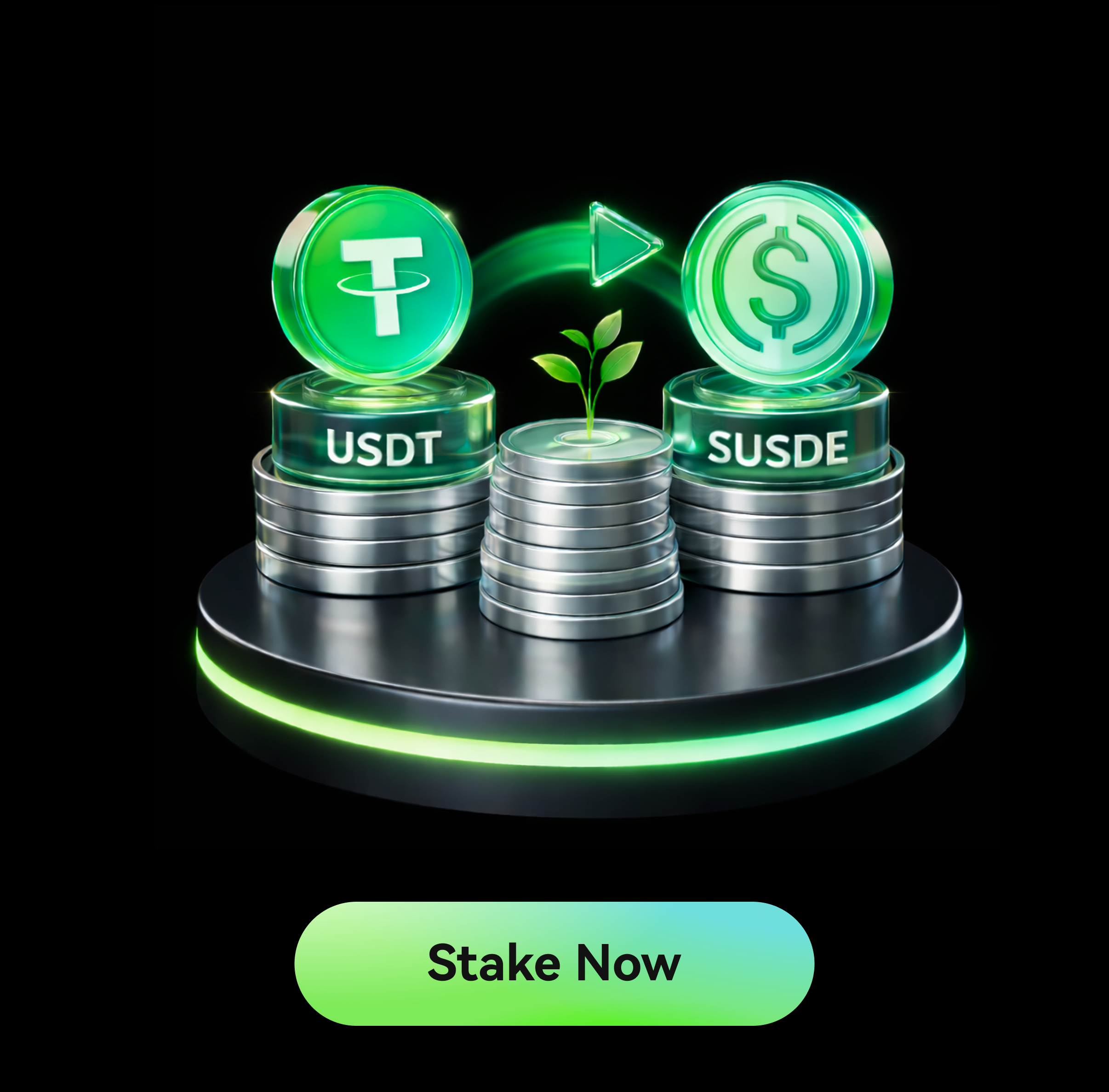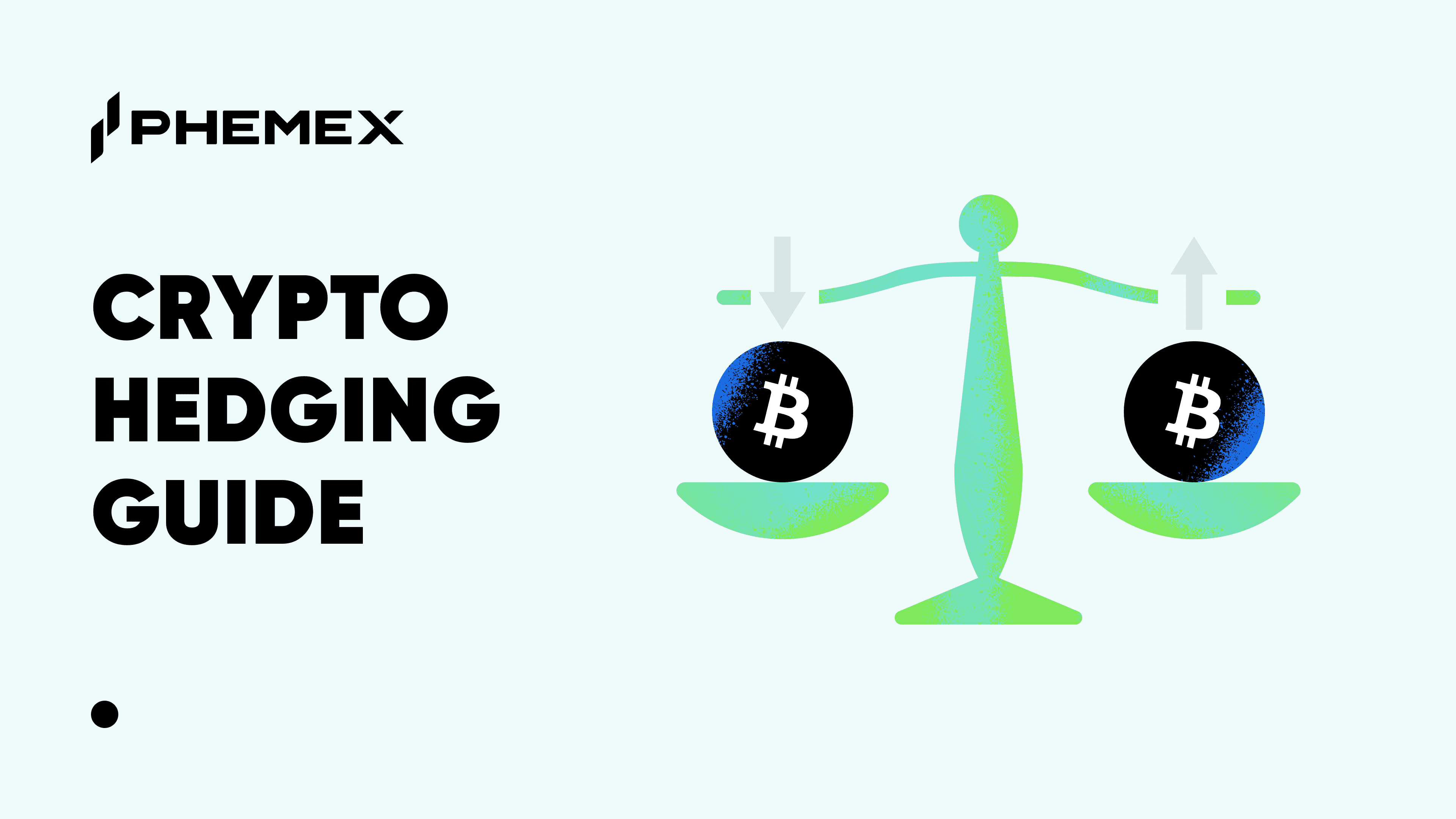
One of the most popular ways for blockchain projects to raise additional funding is through tokens. The value of these tokens vary with factors like time, supply, and demand. If early investors flood the market by selling all their tokens, the value will plummet. To avoid this, new crypto projects establish crypto vesting programs.
What is vesting in crypto?
Token vesting in cryptocurrency is the process in which purchased tokens are locked and released slowly over time. These tokens are usually set aside for teams, partners, advisers, and contributors. In other words, it’s the duration of time an investor needs to wait to fully claim their assets.
Token vesting hinders early investors from selling all their assets at once, enabling teams to continue working on projects over a period of time. It also prevents them from abandoning the project and running away with the funds (rug pull scams). With vesting, token owners cannot sell their assets before a set date, offering some control of the token distribution and release mechanism during the pre-sale period.
How does token vesting work?
When a project decides to implement a vesting timetable, it will draft a transparent contract (or a smart contract) outlining the terms of the token lockup procedure. The vesting timetable can also be presented via publicly accessible materials such as a whitepaper, website, newsletters, and so on. Each project is allowed to determine how long its vesting time will be and how the tokens will be distributed. There is no set time limit for the vesting period. It might be 6 months or 60 months, depending on the creators’ thought process. For new crypto projects, the norm used to be roughly 2 years when the notion first started, but it has since been generally extended to 3 years and more.
Why is token vesting important
The crypto market is unlike any other because of its extraordinary volatility. Another driver of these massive sell-offs is the significant price gains caused by the enthusiasm surrounding new projects, which commonly occur following an Initial Coin Offering (ICO) or Initial DEX Offering (IDO). The token is distributed during an ICO and IDO via a decentralized liquidity marketplace or a crowdfunding phase because project owners or early investors sell their tokens as soon as they are available on the market. As a result, the token will have a large surplus supply, which may cause dramatic price drops.
We can see here the value of token vesting, since a token vesting contract, a single or small group of people or organizations can acquire a substantial share of the project’s tokens right when the token generation event occurs. This offers them the ability to instantly generate supply changes, thereby undermining the token’s ecology and price. This would jeopardize the token’s stability significantly.
To take it a step further, vesting gives an investor a stake in the project’s success as well as a financial incentive to stay with the company (during the vesting term). Vesting is frequently used in token allocation to prevent a sudden drop in price caused by many big holders selling their tokens at the same time.
Benefits of crypto vesting
- Protects early investors against market fluctuations
When tokens are locked up for a predetermined period, investors cannot sell those assets immediately after they get listed on centralized or decentralized exchanges. This controls the risk of creating market spikes, helping to maintain a stable value for the token.
- Creates a sense of loyalty
When team members know they’ll be rewarded for their diligence at a future date, they act as stakeholders and work harder to make the project a success. It also shows a sense of faith from the development team to their investors that the project is worth their time, money, and effort.
- Prevents scams
Vesting discourages people from buying a company’s token for the sole purpose of dumping them as soon as the price hits an early high. Such activities can hurt the reputation of a project and also discourage other potential investors, making it hard for the project to survive.
What is the Vesting Schedule? Types of crypto vesting schedules
The cryptocurrency vesting timeline is essential to a project’s vision because it allows investors, employees, and other stakeholders to plan when they will receive their coins. The standard vesting schedule starts with a vesting start date and then progresses through numerous vesting periods of varying lengths.
Vesting schedules can be linear, graduated, or steep depending on frequency and magnitude. Third-party programs are currently being utilized to carry out automated vesting.
There are three primary types of vesting schedules:
- Linear vesting
In Linear vesting, the tokens are distributed equally over a certain period. For example, a project could release 25% of the locked tokens every four months for a total of 16 months.
- Graded vesting
Graded vesting is when projects opt for a custom distribution frequency. For example, a project might release 10% of its token in the first 6 months, 25% in the second year, 40% in the third and 25% in the fourth. This staggered release format gradually introduces tokens into the market, lowering volatility risk. If you leave the project at this point, you will only be entitled to the percentage that corresponds to your waiting time.
- Cliff vesting
A cliff is a period when no tokens are awarded. This, in turn, delays the start of the crypto vesting schedule. For example, if there is a 6-month cliff period, the token will be distributed only after the 6th month. Once the cliff period is over, the project might follow a linear graded schedule. This decreases the potential of pump-and-dump attacks, in which investors buy in early on a token only to suddenly back out, causing the token’s value to collapse.
Crypto vesting – not just for investors
Crypto vesting targets investors and project teams including the core team, advisors, partners, and contributors. The token they receive as a reward are included in a vesting schedule. However, there is no standard crypto vesting period. Every project creates its vesting schedules based on its overall strategy and are influenced by a number of factors. It’s best to reach out to the project team to learn more about their vesting schedule.








